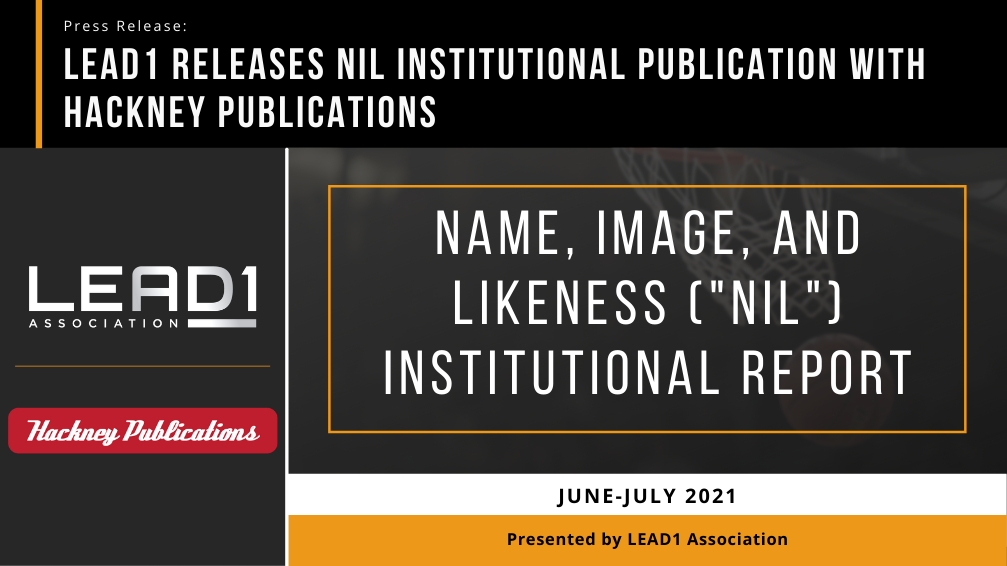NCAA DI Council to Review Impact of NIL on Student-Athletes

The Division I Board of Directors charged the Division I Council with reviewing how name, image and likeness policies have impacted student-athletes, including school choice, transfer opportunities, academics and mental health.
“We are concerned that some activity in the name, image and likeness space may not only be violating NCAA recruiting rules, particularly those prohibiting booster involvement, but also may be impacting the student-athlete experience negatively in some ways,” said board chair Jere Morehead, president at the University of Georgia. “We want to preserve the positive aspects of the new policy while reviewing whether anything can be done to mitigate the negative ones.”
The involvement of schools in arranging for deals also was a concern, as well as how to best ensure adequate representation for student-athletes as they negotiate contract terms. The board welcomed congressional action toward a national, reasonable NIL standard that supports college athletes.
Council chair Shane Lyons indicated that the group agreed that the current name, image and likeness climate should be reviewed.
“We look forward to conducting this review and hope to be able to provide the membership with additional clarity,” said Lyons, athletics director at West Virginia. “Any recommendations we provide will help members as they support their student-athletes moving forward.”
The board acknowledged that national office enforcement staff have continued to investigate violations of NCAA rules, especially pay-for-play and recruiting inducements.
“We expect that all members and their representatives are abiding by current NCAA rules regarding recruiting and pay-for-play, which are in place to support student-athletes,” NCAA President Mark Emmert said. “We encourage school compliance staff to continue their diligence, and NCAA enforcement has and will continue to undertake investigations and actions against potential rules violations.”
The board asked for a preliminary report by April, with a final report with recommendations for possible action due in June.
